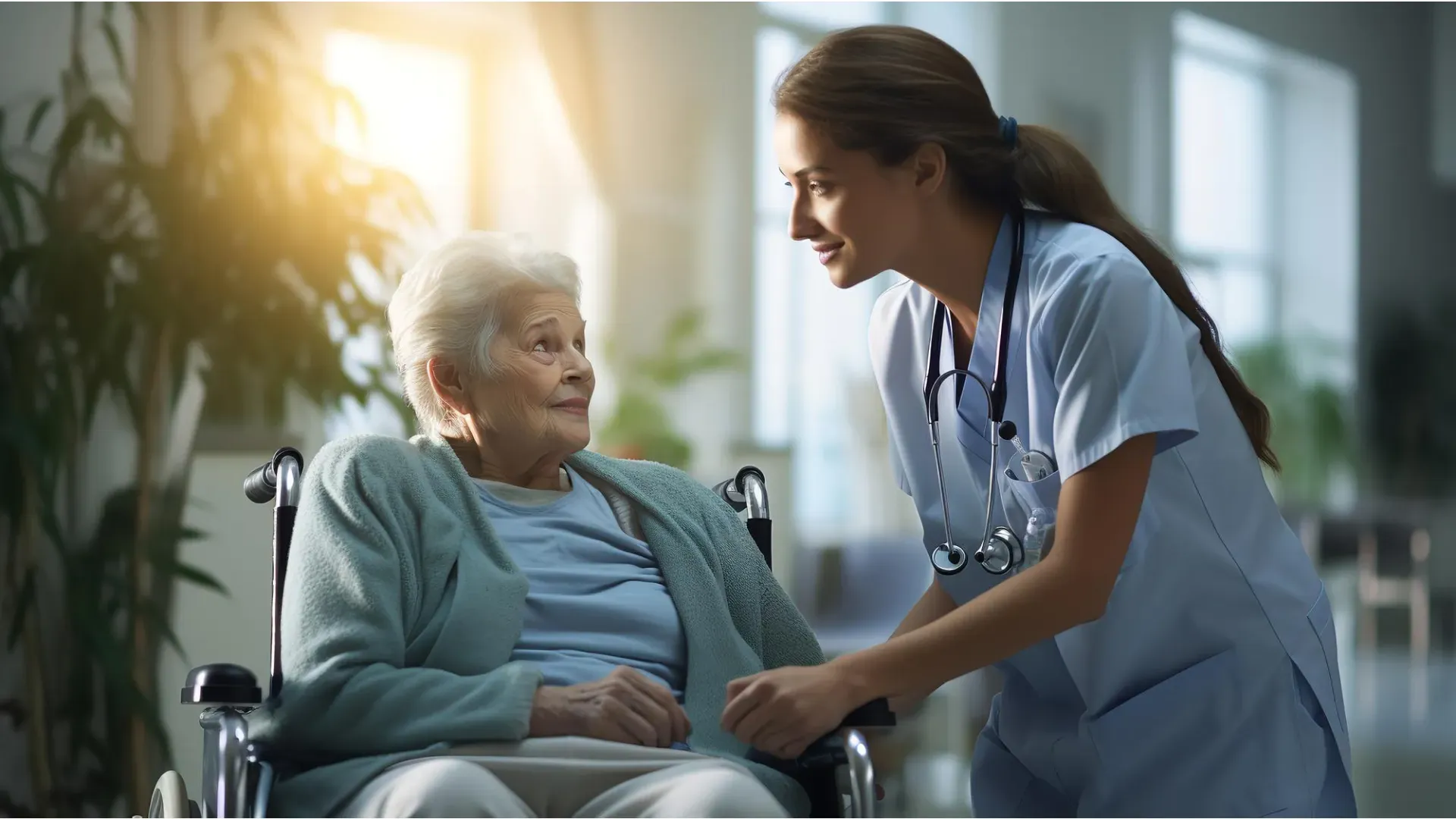June 24, 2024
The National Disability Insurance Scheme (NDIS) in Australia aims to provide individuals with disabilities the support they need to lead fulfilling lives. One significant aspect of this support is the integration of innovative assistive technologies, which have transformed the way care is delivered. For nurses working within the NDIS framework, understanding and utilizing these technologies is crucial. This blog will explore the latest assistive technologies available through NDIS, how they enhance patient care, and the necessary training and education for nurses to effectively use these devices. Overview of the Latest Assistive Technologies Available Through NDIS The NDIS funds a wide range of assistive technologies designed to improve the quality of life for individuals with disabilities. These technologies can be broadly categorised into mobility aids, communication devices, daily living aids, and environmental control systems. Mobility Aids: Powered Wheelchairs and Scooters: These provide increased mobility and independence for individuals with physical disabilities. Modern models are equipped with advanced features such as GPS, Bluetooth connectivity, and customisable seating options. Exoskeletons: Wearable devices that support and enhance the movement of individuals with mobility impairments. They are particularly beneficial for patients with spinal cord injuries or neurological conditions. Communication Devices: Speech Generating Devices (SGDs): For individuals with speech impairments, SGDs offer various interfaces, including touch screens and eye-tracking technology, enabling users to communicate effectively. Augmentative and Alternative Communication (AAC) Apps: These apps, available on tablets and smartphones, provide versatile communication options for users with different needs. Daily Living Aids: Smart Home Devices: Voice-activated assistants like Amazon Echo and Google Home can control lights, appliances, and security systems, providing greater autonomy for individuals with physical limitations. Adaptive Kitchen Equipment: Devices such as one-handed can openers, automatic stirrers, and voice-controlled microwaves enhance the ability to perform daily tasks independently. Environmental Control Systems: Environmental Control Units (ECUs): These systems enable individuals to control various aspects of their environment, such as lighting, temperature, and entertainment systems, using switches, voice commands, or other input methods. How These Technologies Can Enhance Patient Care The integration of assistive technologies into patient care has numerous benefits, enhancing both the quality and efficiency of care provided by nurses. Improved Independence: Assistive technologies empower individuals with disabilities to perform tasks independently, reducing their reliance on caregivers for daily activities. This fosters a sense of autonomy and improves their overall quality of life. Enhanced Communication: For patients with speech impairments, communication devices facilitate better interaction with caregivers, family, and friends. This improved communication helps in expressing needs, preferences, and concerns, leading to more personalised and effective care. Increased Safety: Smart home devices and environmental control systems contribute to a safer living environment. For instance, automated lighting can prevent falls by ensuring well-lit pathways, and remote monitoring systems can alert caregivers to potential emergencies. Better Health Management: Devices such as telehealth platforms and wearable health monitors allow for continuous monitoring of health parameters. Nurses can track vital signs, manage medications, and provide timely interventions, leading to better health outcomes. Enhanced Mobility: Mobility aids like powered wheelchairs and exoskeletons enable individuals to move more freely and participate in various activities. This mobility contributes to physical health by encouraging exercise and reducing the risk of complications associated with immobility. Training and Education for Nurses on Using Assistive Devices To maximise the benefits of assistive technologies, nurses need adequate training and education. This ensures they are proficient in using these devices and can provide optimal care to patients. Formal Training Programs: Many healthcare institutions offer training programs focused on the use of assistive technologies. These programs cover the technical aspects of devices, troubleshooting common issues, and integrating technology into patient care plans. Continuing Education: Nurses should engage in continuous learning to stay updated with the latest advancements in assistive technologies. Workshops, webinars, and online courses provide valuable opportunities for professional development. Manufacturer Training: Many manufacturers of assistive devices offer training sessions for healthcare professionals. These sessions often include hands-on demonstrations, allowing nurses to familiarize themselves with the equipment. Interdisciplinary Collaboration: Working closely with occupational therapists, physiotherapists, and speech therapists can provide nurses with additional insights into the effective use of assistive technologies. Interdisciplinary collaboration ensures a comprehensive approach to patient care. Patient and Family Education: Nurses should also focus on educating patients and their families about the use of assistive devices. This includes proper handling, maintenance, and troubleshooting. Empowering patients and families with knowledge enhances the overall effectiveness of these technologies. Simulation-Based Training: Simulation-based training allows nurses to practice using assistive technologies in a controlled environment. This method improves confidence and competence, ensuring nurses are well-prepared to use these devices in real-world scenarios. Conclusion Innovative assistive technologies funded by the NDIS have revolutionised the field of disability support, offering new opportunities for enhancing patient care. For nurses, understanding and effectively using these technologies is crucial in providing high-quality, person-centered care. Through continuous education and collaboration, nurses can harness the full potential of these devices, contributing to improved independence, safety, and overall well-being of individuals with disabilities. At AB Nurses, we are committed to supporting our nursing staff with the training and resources needed to excel in their roles. By embracing these innovative technologies, we can continue to make a positive impact in the lives of those we serve, ensuring that everyone has the opportunity to live a fulfilling and independent life





